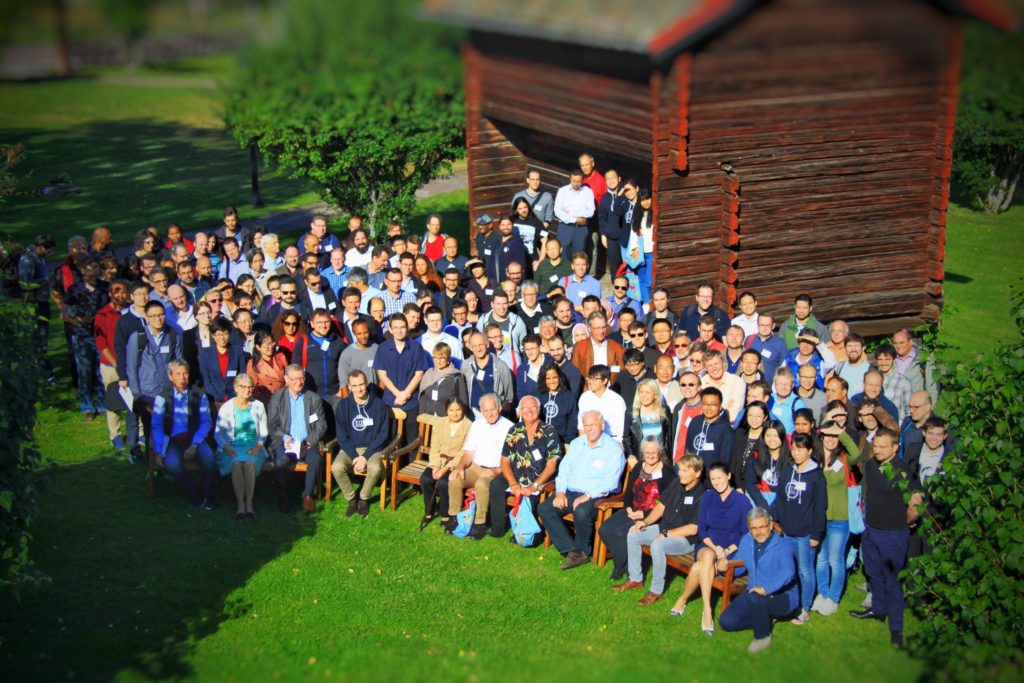The 17th International Conference on Density-Functional Theory and its Applications (DFT2017) took place in Tällberg, Sweden, in August 2017. The conference belongs to a series of biennial meetings, which have taken place in Paris (1995), Vienna (1997), Rome (1999), Madrid (2001), Brussels (2003), Geneva (2005), Amsterdam (2007), Lyon (2009), Athens (2011), Durham (2013), Debrecen (2015) and Tällberg (2017). DFT2017 covered a wide range of topics related with density functional theory. It brought together the foremost researchers from all around the world working on the development of the theory, extensions to new fields and providing a broad range of fascinating applications.
Conference Webpage:
https://www.dft2017.conf.kth.se/
Chair:
Prof. Dr. Levente Vitos, KTH Stockholm, Sweden
Organizers:
Prof. Dr. Olle Eriksson, Uppsala University, Sweden
Prof. Dr. Börje Johansson, KTH Stockholm, Sweden
Dr. Xiaoqing Li, Uppsala University, Sweden
Doc. Stephan Schönecker, KTH Stockholm, Sweden
Prof. Dr. Levente Vitos, KTH Stockholm, Sweden
International Scientific Committee:
Prof. Dr. Henry Chermette, Universite de Lyon, France
Prof. Dr. Claude A. Daul, University of Fribourg, Switzerland
Prof. Dr. Jose M. Garcia de la Vega, Universidad Autonoma de Madrid, Spain
Prof. Dr. Paul Geerlings, Vrije Universiteit Brussel, Belgium
Prof. Dr. Paola Gori-Giorgi, Vrije Universiteit Amsterdam, Netherlands
Prof. Dr. Miguel A. L. Marques, Martin-Luther-University Halle-Wittenberg, Germany
Prof. Dr. Ágnes Nagy, University of Debrecen, Hungary
Prof. Dr. Dennis R. Salahub, University of Calgary, Canada
Prof. Dr. Karlheinz Schwarz, Vienna University of Technology, Austria
Prof. Dr. David J. Tozer, University of Durham, United Kingdom
Prof. Dr. Levente Vitos, KTH Stockholm, Sweden

Description and summary:
In 2017, the broadest international meeting on DFT was organized for the first time in Scandinavia. Fifty three years passed since the fundamental theorems behind one of the most successful quantum theory of inhomogeneous electron gas were put forward. Already in its original form, DFT was suitable to explain a series of phenomena related to simple molecules and solids. It took nearly a quarter of century when it became robust enough to account for the magnetic ground state of a chunk of single crystal iron. More than a decade of future research was required in order to extend the scope of DFT to complex high-technology materials. Continue reading Scientific report on the 17th International Conference on Density-Functional Theory and its Applications
